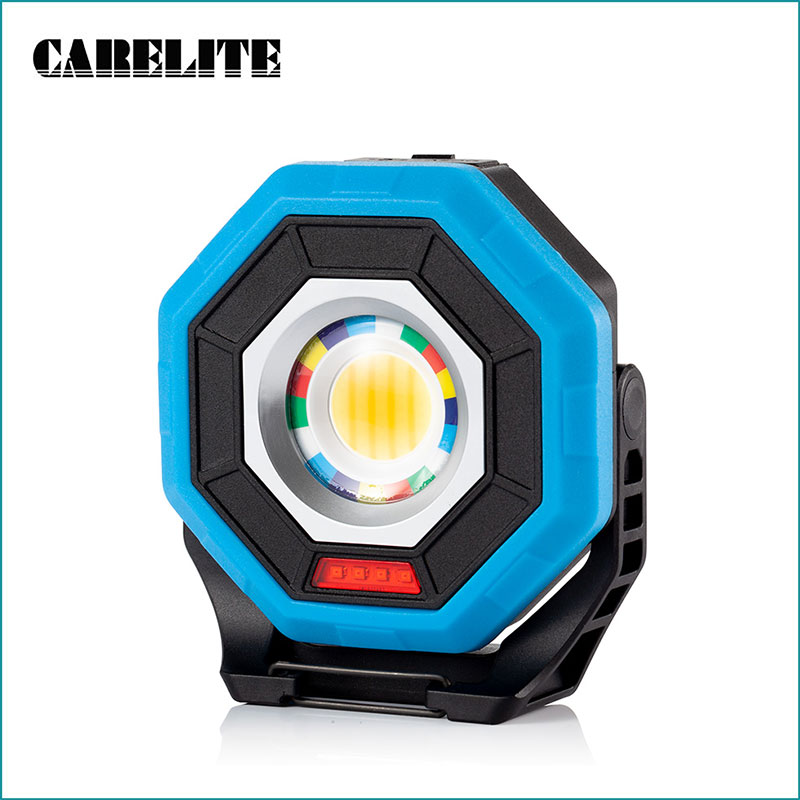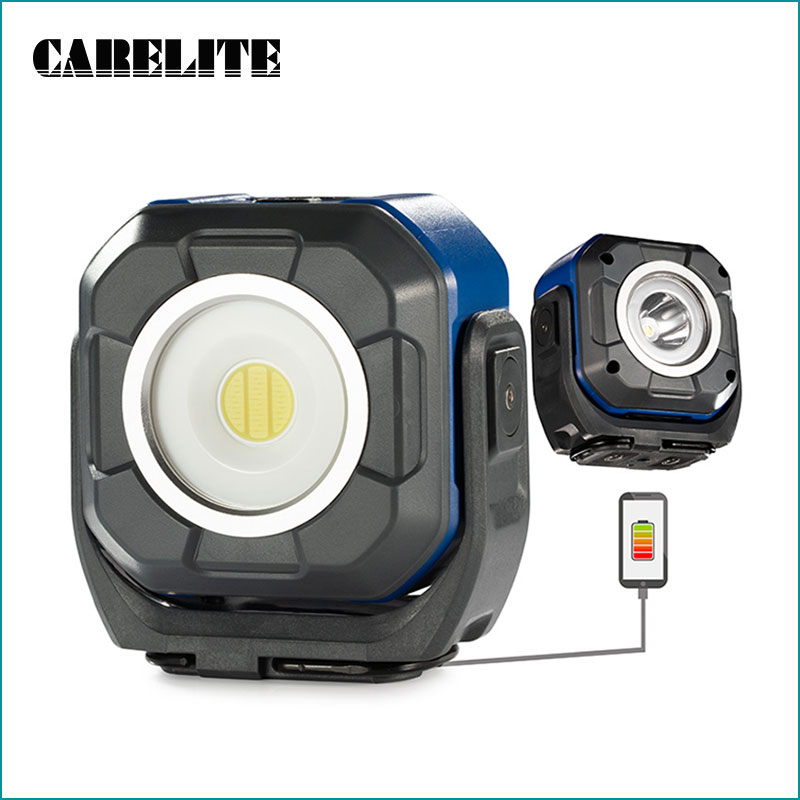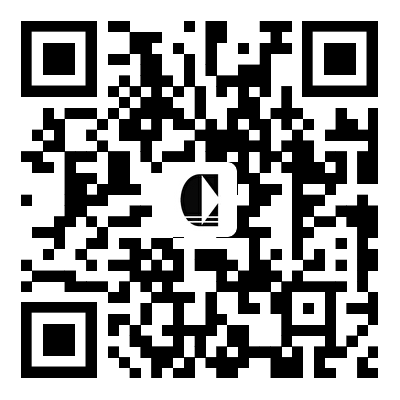What is the use of inspection Light?
2023-09-20
A decent inspection light can make your work simpler and more accurate whether you're a hobbyist who likes to build or fix things or an automotive technician, electrician, plumber, jeweler, or other tradesperson. Inspection lights are portable or mounted lamps that offer intense lighting in constrained locations, dim environments, and difficult-to-reach angles. They frequently have rechargable batteries, adjustable beams, and tough housings that can endure rigorous handling and exposure to chemicals, water, and dust. In this post, we'll examine the applications for inspection lights as well as some selection criteria.
Uses of Inspection Lights
Automotive Maintenance and Repair: Inspection lights can improve mechanics' visibility of a vehicle's engine, chassis, brakes, and gearbox. The gaps between the pieces, the labels and marks on the components, and the concealed places that are vulnerable to corrosion, leaks, or wear can all be made visible. A decent inspection light can also assist in finding loose fasteners, broken wires, coolant leaks, and oil leaks.
Electrical Work: When inspecting a building's wiring, switches, outlets, and appliances, electricians must use inspection lights. They may uncover damaged wires, exposed connections, overloaded circuits, and other dangers that might result in fires or electric shocks. Some inspection lights come equipped with magnets or clips that enable them to be attached to metal surfaces while freeing up the hands to wield tools or take notes.
Plumbing and HVAC: Inspection lights can assist plumbers and HVAC technicians in diagnosing clogs, leaks, and malfunctions in pipes, valves, and ducts. They can show the interiors of the pipes, the water flow direction, the condensation or rust formations, and the presence of mold or insects. Some inspection lights come with thermal imaging capabilities that can detect temperature variations and leaks hidden behind the walls or floors.
Inspection lights are helpful for jewelers who need to evaluate the quality, clarity, and defects of precious stones and metals when making and appraising jewelry. They can enlarge the finer points of the gems and show any inclusions, flaws, or colorations that have an impact on their value. The fluorescence or phosphorescence of the gems can be seen in some examination lights that feature UV LEDs, which can also be used to highlight any treatments or improvements.
Inspection lights can be useful for anyone who needs to operate in cramped or poorly lighted areas, such as attics, basements, closets, or garages. They may help with jobs like installing furniture, repairing motorcycles, changing light bulbs, and fixing appliances. Inspecting the grounds, plants, or wildlife at night can also be done outside using inspection lights.
Factors to Consider When Choosing an Inspection Light
Lumens, a unit of measurement used to describe the amount of light that a lamp is capable of emitting, are used to determine how bright an inspection light is. You could pick a light with a high or low lumen output depending on your needs. Low lumen lights are preferable for low-light situations or when you need to prevent dazzling glare, whereas high lumen lights can be used in daytime or bright conditions.
An inspection light's beam angle controls how wide or narrow the light can spread. A wide beam angle is better for lighting a larger region, whereas a small beam angle is better for concentrating the light on a particular location.
Power source: Inspection lights can be powered by batteries, AC adapters, or USB cables. If you need to use the light for extended periods, you may prefer a rechargeable battery or a power cord.
Durability: Inspection lights can be exposed to various hazards such as water, dust, chemicals, or impacts. Consider buying a light that has a sturdy and waterproof housing, as well as shock-resistant components.







